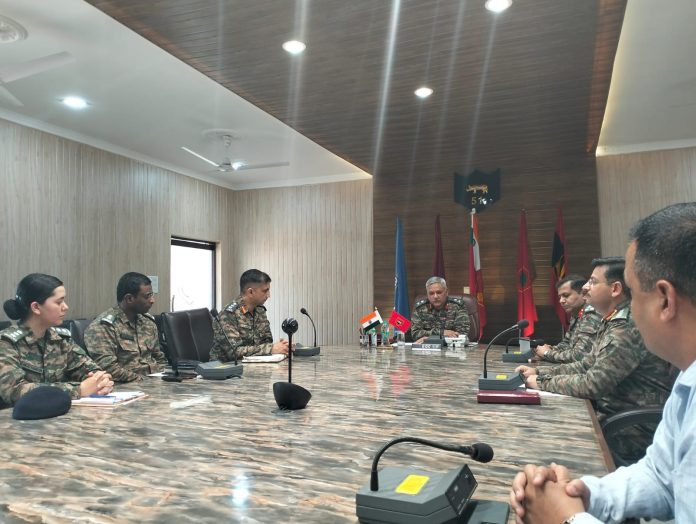In view of the security of the Eastern theatre, Narengi Military Station located in Assam’s capital city Guwahati has now emerged as one of the important logistics hubs for the Indian army to enhance the logistics chain.
According to the Indian army, the military station covering an area of around 3300 acres of land is one of the logistics hubs of the Indian army and it caters for operational preparedness in the entire eastern theatre.

From needle to barrel of a tank, mechanical transport stores, and engineering stores, the military station has provided all kinds of support to the field army.

Colonel Monark of Narengi Military Station told ANI that Narengi Military Station is one of the keynotes of logistics for the Eastern Theatre.
“We basically cater from needle to barrel of a tank for the requirement of the field army. These comprise rations, fuels, ordnance stores which comprise of mechanical transport stores, engineering stores, special equipment, clothing etc. All types of vehicles, and ammunition will need for our field army. Narengi itself has got all the logistics hub here and we are contributing very handsome tools catering for the operational preparedness of the Eastern army. We are supporting the seven states of North East, east of Sankosh river,” Colonel Monark said.
Notably, the Indian Army has planned to make Narengi Military Station in Assam’s capital city Guwahati a completely renewable-based military station.
For this initiative, the Indian Army has installed a green solar energy plant with a capacity of 1 MW (Mega Watt) at the military station to benefit the troops of the Indian army.
According to the army officials, they have planned to extend the solar energy plant upto 3 MW capacity.
The Indian army officials said that they have used ‘Make in India’ solar panels in its first green solar energy plant.
Renewable energy sources are derived from water, wind or sun. Army is looking for a durable power supply in high altitudes to enhance the living conditions of its personnel.
They also installed a system of Real-Time Data Acquisition and Required Parameter Monitoring for analysis of Power Generation each day, incorporating weather parameter sensors like wind direction sensor, wind speed sensor, solar radiation sensor, humidity sensor, temperature sensor and barometer pressure sensor.
The present solar energy plant has delivered approximately 0.7 MW of power.





